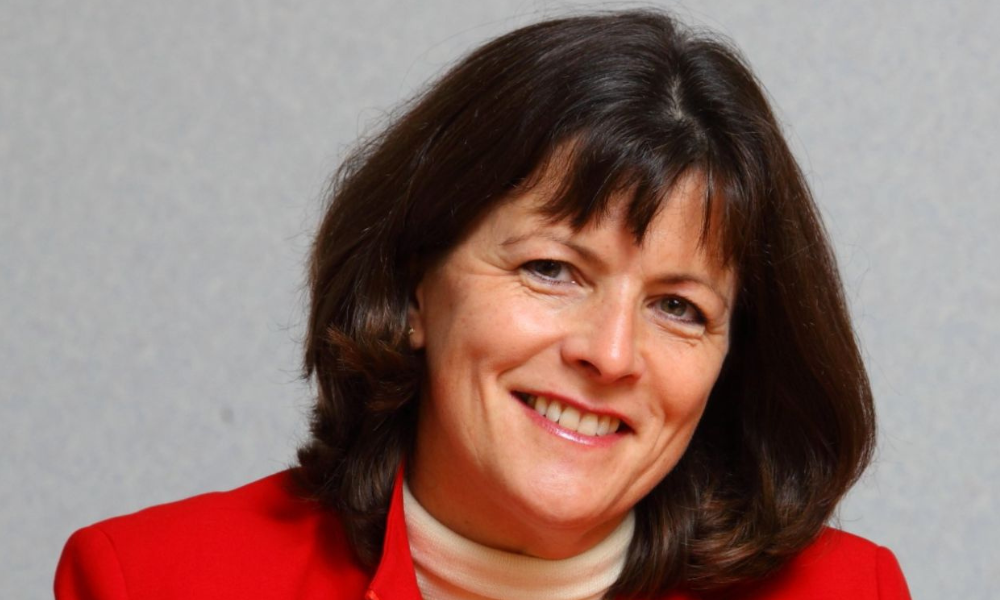Rental income found to be on par with tenants' income

A new report challenges the myth of a well-heeled investor who can easily absorb increasing costs without passing them on to their more financially constrained tenants.
The Intermediary Mortgage Lenders Association (IMLA)’s Landlord Survey has revealed the market to be predominantly made up of small business people making modest profits out of their rented properties.
It also identifies those with mortgages facing the prospect of struggling to break even in the next two years, with their cost of borrowing soaring by an anticipated 80% as they refinance off historically low fixed rates.
A typical financial position of a landlord, it suggests, is the following:
- Median average annual rental income: £14,000
- Median average annual profit: Less than £9,000
- Average expected increase in monthly interest payments by 2025: £7,700
Most landlords do not have significant resources to draw on outside their rental business, contrary to popular belief. A landlord’s average non-rental income is similar to a tenant income, except in London where tenants earn substantially more.
- Landlord median average non-rental income (national, including London): £39,000
- PRS tenant median average income (national): £37,000
- PRS tenant median average income (London): £50,000
“Our research shows that many landlords are small businesses with modest financial turnover and trading profits, facing rapidly rising costs.,” said Kate Davies (pictured), executive director of IMLA. “Sadly, reality dictates that many mortgaged landlords will have no choice but to increase rents in order to keep their businesses viable, while debt-free landlords may well do the same in order to make an adequate return, even if that is lower than current returns available elsewhere
“There are tough times ahead for all parties in the PRS, and it is in everyone’s interest to understand the pressures involved. Landlords’ tenacity is to be commended - it is a great relief that so many plan to stay in the sector and increase supply when they can. Policymakers should beware adopting any policies which could upset what is already a delicate balance, and ensure they do nothing further to deter the small businesses which form the backbone of the PRS from continuing to invest.”
Increasing costs pressuring landlords
The study found 80% of landlords own one or two properties. Also, despite a surge in the number of landlords setting up corporate structures since the removal of tax deduction for interest rates in 2017, only 10% of rented properties are held in limited companies, with 90% still held in personal names. About 3% of the UK PRS is owned by institutional investors.
Changes to tax and legislation have had an impact on the viability of small businesses. Only 36% of respondents expressed belief they were paying more tax as a result of the removal of the mortgage interest deduction. IMLA sees that 58% of landlords may actually be paying more tax.
About 64% of respondents said the new regulation had increased their costs. About 7% said they would be forced to exit the market when asked how the mandatory rent freeze would impact their rental businesses.
On a positive note, the study also found that the majority of landlords are committed to remaining in the PRS in the long term. More than half (53%) plan to buy more rental properties in the next five years, while 25% of unmortgaged investors expressed the same sentiment. Only 21% and 17%, respectively, say they will be selling their rental properties in that same time frame.
Have thoughts about this new research? Let us know in the comments below.



